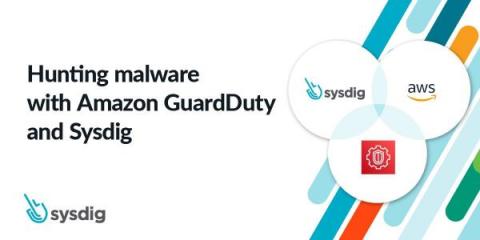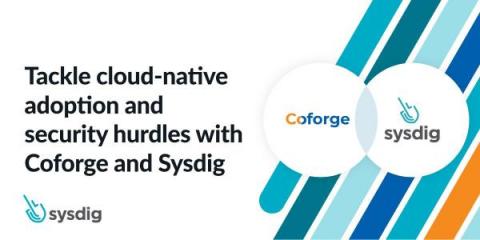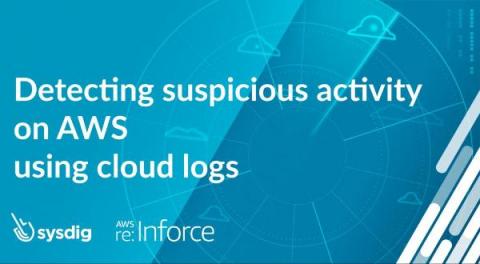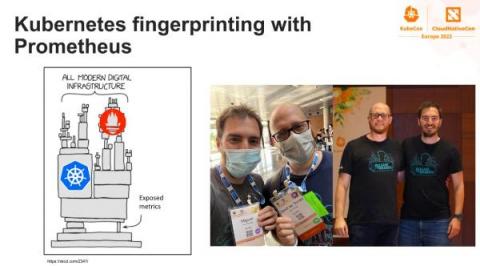How to apply security at the source using GitOps
If your GitOps deployment model has security issues (for example, a misconfigured permission because of a typo), this will be propagated until it is hopefully discovered at runtime, where most of the security events are scanned or found. What if you can fix potential security issues in your infrastructure at the source? Let’s start with the basics.







